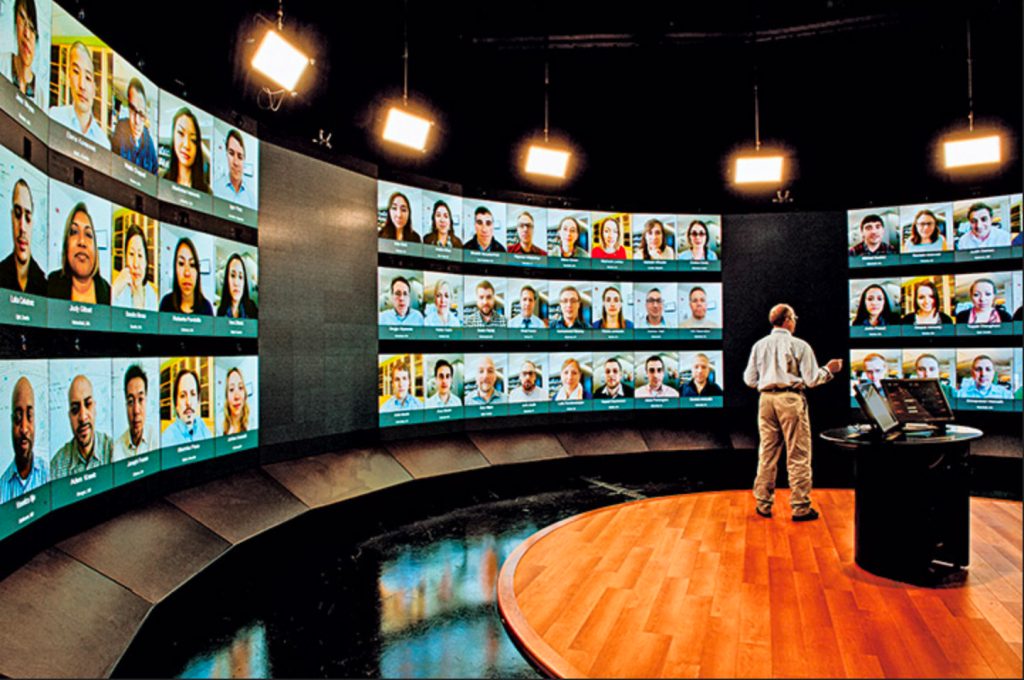
My student peers and I have been busy reflecting on Thomas Cochrane’s Facilitating Online Learning #EDUC90970 that was, marvellously, delivered entirely online June to August 2020. The subject might have been better titled Design for Online Learning, that is, how to use ideas about structuring a learning environment that uses contemporary technology to facilitate and enhance learning outside the lecture theatre and tutorial room. Interactive Communities of Inquiry (CoI), the Scholarship of Technology-Enhanced Learning (SoTEL) and the Ecology of Resources (EoR) were all things I had never heard of before taking this subject. Combining these with learning theories, educational frameworks and design-based research are, however, crucial when developing a coherent online offering. #EDUC90970 has already had a tremendous effect on how I think about preparing for and executing my teaching activities.
First, you need one hell of a positive attitude towards learning to use new technology for teaching. Setting up a WordPress site in order to post regular blogs as part of an ePortfolio drove me mad. You have to convince yourself that the frustration that results from trial-and-error is normal and not something about which to get angry. It’s OK if it takes more than half an hour to learn to use a platform that will have a life well beyond the context in which it was introduced.
I also found it important to be selective about the technology with which I choose to engage. In #EDUC90970 we were confronted with a vast array of social media applications and internet platforms that offers to help manage the material from our teaching and research activities. I went hard on those that I identified as “keepers” such as WordPress, Zoom and Canvas, but ditched publication tools like ResearchGate and Mendelay, and steered cleared of confusing generators of spam like LinkedIn. One exception to the rule was FlipBoard (news and social network aggregation) with which I got rather carried away despite it being a tool that I was unlikely to use in my teaching. That was an indulgence I chose, but in future I’ll be avoiding vexatious applications without a compelling place in my own ecology of resources.
Second, do not be afraid to challenge and push your students – that’s what Thom did with us! And I am grateful. There is no way I would have confronted WordPress or navigated Twitter (and posted my record-breaking four tweets!) without a kick up the bum from Thom. The subject I developed as a prototype during #EDUC90970 and then delivered this Semester 2 2020, Bayesian Statistical Methods, demanded students demonstrate a new level of independence within the R software environment for statistical computing and graphics. That led to about one quarter of the forty students failing a few of the smaller formative assessments but this cohort did much better overall than their predecessors – hard now, easy later.
Facilitating Online Learning EDUC 90970 was, for me, the last of four subjects in the Graduate Certificate of University Teaching. “Yippee!”, I thought, “someone is finally going to teach me how to use Canvas”. That turned out to be true, but the person who taught me how to use Canvas was me – how is that for heutagogy?
